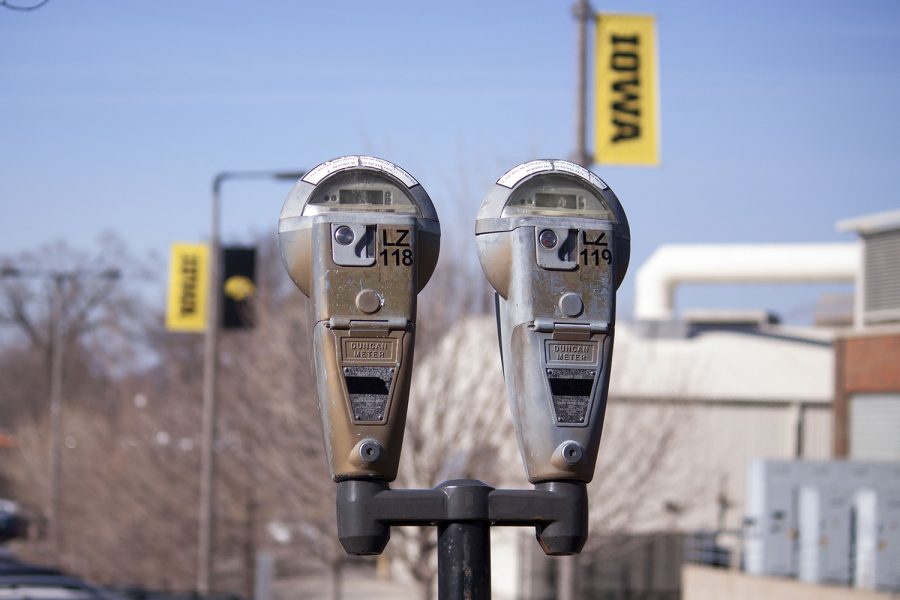While several indicators have pointed to a recovering American economic system in recent months, the pending expiration of an expansion of a government food agency assistance program could signal further concerns for the country’s most struggling socioeconomic classes. In reaction to the Great Recession of 2008, part of the 2009 Recovery Act added a temporary boost to SNAP (Supplemental Nutrition Assistance Program) benefits, formerly known as food stamps.
But come Nov. 1, these temporary benefits will expire, resulting in a decrease of funding nationwide. “Certainly, you don’t want someone to depend on food stamps forever,” said Doug Beardsley, the director of the Johnson County Department of Public Health. “We don’t want to cut those people off; we want to move them to a better position.”
Cory Berkenes, the executive director of the Iowa Food Bank Association, said the decline in funding of SNAP benefits would be a small benefit for national economy but a huge loss for individual recipients. Furthermore, he said, SNAP benefits help benefit local economies by fighting hunger insecurity.
“For every $5 in SNAP benefits, it equals $9 of economic value to the local community,” Berkenes said. But with this expiration fast approaching, Berkenes said meeting higher demand for food will become increasingly more difficult because food supplies are already stretched thin.
“We aren’t getting as many of the commodities that we used to so the quantity of food is going down,” he said. “We will have to try to meet that extra need when the supply of food is already low.” According to the Center on Budget and Policy Priorities, 13 percent of Iowans are current SNAP recipients.
Following the cut to the program, the benefits for an average four-person household will decrease by $36 per month. As of 2012, according to the Iowa Department of Human Services, the average monthly SNAP benefits per household were $262.44. This leaves $4.07 a day for one individual, and $1.35 per meal.
But, Berkenes noted that food insecurity extends beyond those receiving SNAP benefits Many Iowans who don’t qualify for government assistance experience the stress of not knowing where their next meal will come from, which in turn leaves those individuals turning to food banks and other food associations to help fill in the gap. Berkenes said the expiration of the extended benefits will put even more stress on food pantries.
Bob Andrlik, the executive director of Table to Table, was just one official to point out that food insecurity in rural areas is a significant problem. “It’s largely an invisible problem,” he said. “A person who is food insecure does not really look different from someone who is not food insecure. In rural areas, where people are more isolated, a lot of their hunger issues aren’t readily seen.”
According to information provided by the Food Bank of Iowa, one in eight Iowans are “food insecure,” while one in five Iowa children don’t receive enough to eat on a regular basis. “We have a number of people who regularly need that extra bit of food. A lot of these people are working, but just cant make ends meet and need extra food for their families,” said John Boller, director of the Coralville Ecumenical Food Pantry.
The Coralville Ecumenical Food Pantry was created in response to the flood of 2008 and in fear of a worsening economic recession, he said. While the national economy is slowly in recovery, Boller says looking at statistics of people coming into the food bank from year to year has still been on a steady incline.
“I want to be optimistic and say things are getting better but we’re still seeing a lot of new people coming in,” he said.






